How to spend 2 weeks in Argentina
Wineries, delicious food, tango and its beautiful scenery have for sure made you daydream about Argentina during your long never-ending meetings at work. I know I have!
Argentina is the world’s eighth-largest country and it has some of the most varied geography and climate in the world. You will need to choose between swampy regions, the tropical climate in northern Argentina, bordering Brazil, the desert and salt flats in Salta, or the freezing glacial regions of Patagonia.
Selecting which region to visit will probably be the most difficult choice that you will have to make to plan your trip. Cramming all the bucket-list items that Argentina has to offer into 2 very short weeks will be very difficult.
We chose to do Buenos Aires, Mendoza and its wineries and Ushuaia, the city at the end of the world. You can also do this itinerary in 10 days.
I’m hoping that for my next travels to the country, I will be able to see other itinerary ideas highlighting Iguazú Falls, Salinas Grandes, Bariloche, Glaciares National Park, Fitz Roy, Lago Nahuel Huapi, the spectacular Perito Moreno glacier near Calafate, do an Argentina road trip and more. As I said, visiting all the highlights of Argentina will take you several trips! And you will want to go back, trust me!
With this 2-week itinerary in Argentina, you will want to ask your boss for your PTO right away!
So are you ready to read this ultimate guide to Argentina?
How to plan your Argentina Itinerary
Here are some travel advice and travel tips for your two-week Argentina itinerary:
Where to start?
This travel itinerary starts in Buenos Aires, the Capital. Buenos Aires is one of the liveliest cities in the world, you will not want to miss this city! The capital is also the aerial hub of the country, it has two airports: Ezeiza International Airport (EZE), and Aeroparque Jorge Newbery (AEP). EZE is the biggest airport and serves international flights. In Aeroparque you will be doing your domestic flights. It also does small international flights to Uruguay and other nearby countries.
I will not recommend taking your domestic flights upon arrival. The first reason is that Argentina can be far! From Montreal (Canada) it took us 13 hours, you will not want to embark on another flight after! Second, both airports are 41 kilometres apart and in peak-hour traffic it can take more than two hours to make the connection. So yeah, stay one more day in Buenos Aires
Best time to visit Argentina
Argentina has 4 seasons, so it all depends on which season you prefer to travel. Do keep in mind that the summers are very hot, and winters are chilly but not too cold, except in the mountains. Being a very diverse climate, you will have different temperatures depending on which part of the country you are in.
Always being in the search to escape from harsh winters in Montreal, we travelled in February since it was summer in Argentina. And let me tell you, it was the best decision ever! We had warm temperatures, even in Patagonia, while it was freezing back home.
How to get from one place to another?
I will say it again, Argentina is huge, so depending on where you want to go, you will need to choose your mode of transportation adequately. However, chances are that you will have to take a plane to get from one place to another.
Domestic flights within the country are quite affordable and it might be your preferred mode of transportation. We took flights from Buenos Aires to Mendoza and to Ushuaia. Note that BA is the hub so you will most likely have to go to BA to do your internal transfers. For example, there were no flights that served Mendoza from Ushuaia, so we had to go back to BA.
If you are doing shorter distances, you can take a bus or rent a car and do a great road trip.
14 day itinerary breakdown:
Here is the breakdown for this unique itinerary.
Day 1: Arrival in Buenos Aires. Take your time to rest and wander around and visit Palermo Soho.
Day 2 - 5: Explore Buenos Aires for around 3 days.
Days 6 - 9: You will arrive and leave Mendoza by plane. You will come back to BA.
Days 9 - 13: You will arrive and leave Ushuaia by plane. You will come back to BA.
Day 14: pack your bags, you will be going back home
These are just examples of how much time you can stay in each region. It will be up to you to plan how long you will want to stay. I will however not recommend doing these three places in only 1 week trip.
If you are looking for 7 days in Argentina, I would suggest doing only 2 of these regions. If you are an adventurous traveller who likes to jam-pack their vacations, then maybe add the Iguazu Fall which is the largest waterfall system, in the world to one of the 2 destinations by reducing the number of days in each.
If you want to extend your itinerary for 3 weeks, then maybe you can add Iguazu Fall and spend a few days there and extend your Patagonia trip around el Calafate and explore more national parks.
Your perfect Argentina 2-week itinerary
Buenos Aires
We will start this travel guide with the capital city. Buenos Aires (BA) is oftentimes referred to as the Paris of the south. The architecture and the refinement of some buildings will transport you to Europe but the thick Argentinian Spanish accent of the Porteños (the city’s residents) will bring you back to reality.
Buenos Aires is a laid-back city that really comes alive in the late hours of the night. This city is not meant for early risers. Argentinians eat late. If you want to have a local experience, plan not to go before 9:00 p.m. for dinner.
How long? 3-5 days. We stayed for 4 days and I wish I had stayed longer! I’m a city girl and I felt it was the perfect city with a mix of a lively atmosphere, delicious restaurants and plenty of must-do with different neighbourhoods to wander around.
WHAT TO DO IN Buenos Aires?
These are the 10 things to explore in Buenos Aires:
Palermo Soho & Hollywood are the go-to neighbourhoods for most tourists as they have great cafes, restaurants and nightlife. These are the hip neighbourhoods with picturesque streets covered with canopies from the trees lining the streets.
La Boca is probably the most iconic part of the city with its famous colourful facades. Caminito is tiny and you might be disappointed by its size and you feel like it's a tourist trap. However, there is more to see in La Boca than in Caminito. Go to the iconic Bombonera, home of Boca Juniors, the football team. Then, go to Usina del Arte to see the beautiful building and the various art exhibitions that it hosts. The area has also great street art to admire. You can also go see a Tango show here.
Pro tip: be mindful of where you wander in this area, I will suggest sticking in the tourist area. I will not suggest going after sunset.
San Telmo neighbourhood is and probably always will be the heart of Buenos Aires. The oldest neighbourhood of the city dates from the 17th century and saw its heydays during the 19th century with its booming construction of lavish mansions. Later, abandoned by the rich, the barrio became a welcoming hotspot for European immigrants. Today, filled with a rich history, cobblestoned streets, and crumbling houses with beautifully detailed facades, San Telmo has developed a bohemian vibe. Filled with artists, street art, hip cafés and boutique hotels, San Telmo is a must-do in the city. This vibrant and eclectic barrio is also home to the famous San Telmo Feria which takes place every Sunday, you will not want to miss it. Here don’t forget to visit the great Museum of Modern Art (MAMBA).
Take a guided visit to Teatro Colon. The opulent theatre feels like the Opera Garnier in Paris and it is a real beauty. If you are not watching a show or taking a guided tour you will not be able to visit the inside on your own.
Plaza de Mayo is a must-do with the Metropolitan Cathedral and the nearby Casa Rosada and Congress.
Visit La Recoleta. This is the posh and hip neighbourhood of the city. The landmark is the Recoleta Cemetery. This is a cemetery like no other with the mausoleums and crypts of Argentina's nobility, past presidents and generals. If you are a history buff, you will want to take a guided tour here, it is like doing a condensed history class of the country in one place. In this hood, you also have the enormous metal flower Floralis Generica. The steel sculpture moves closing its petals in the evening and opening them in the morning. During weekends, go to the Artisanal Market in Plaza Francia for some souvenir shopping.
Go to the Ateneo Grand Splendid. In 2019, it was named the "world's most beautiful bookstore" by National Geographic. It used to be a theatre back at the beginning of the 20th century. The store still keeps the architecture of the theatre.
Go the obelisk on the Avenida 9 de Julio. This massive avenue was named after Argentina's Independence Day.
You can also spend some time at Puerto Madero, the revamped dockside area.
The city has become a renowned hub for street art lovers. In certain parts of the city, abandoned buildings have become canvases for creativity and expression. Here is the guide to the best street art in the capital.
On your first day, to get the lay of the land, you can also take a free walking tour.
If you are looking for a full day trip, San Antonio de Areco is a good option.
Where to stay in Buenos Aires?
After browsing around many hotels, I set eyes on the L’ Adresse Hotel. This charming boutique hotel is tastefully decorated and offers the perfect mix between France (its owners are French) and Argentina, modern and vintage. The architectural style of the building is a Casa Chorizo, which is characterized by an outdoor patio bordering the rectangular layout of the building on one of its long sides. You can read more about my experience here.
Where to eat in Buenos Aires?
There is no secret, the food in Argentina is deliciously filled with asados and Malbec wines. The city is also a foodie hub with some of the best restaurants in South America.
Psst: Portions in Argentina are HUGE you can easily share your plates.
Don Julio is a renowned restaurant that serves the quintessential Asado. This restaurant will come up repeatedly in your searches. Here, enjoy a massive steak cut with some of the finest selections of Argentinian wines.
Tegui was named the 10th best restaurant in Latin America by the famous World’s 50 Best list. This restaurant has been one of the best food experiences I had! The menu is creative and seasonal-based. This eight-step tasting menu is perfectly paired with the sommelier.
For a quick lunch or dinner go to Lo del Frances for one of the best beef empanadas we had on our entire trip!
Florería Atlántico was on the list of the World’s 50 Best Bars in 2018. This speakeasy is underneath a working florist storefront. I must say that I was not very impressed by the cocktails, but I liked the ambiance.
Getting around Buenos Aires
The city is easily accessible by public transportation with el Subte (short for subterraneo, or the underground) and the many buses. The buses are king in the city and they will take you anywhere.
Uber in Buenos Aires is technically an illegal operation but is widely spread! We used Uber all the time without any problems. However, don’t be surprised if you have some cancelled trips.
Mendoza
Prepare your taste buds for this next stop. For the wine lover, this will be your favourite destination. The food and all the wineries are at the top of their game! It's the combination of soil, favourable weather conditions and know-how dating back from the immigrants of the 19th century that made this region shine. The region has more than 1,500 wineries.
The Mendoza province is huge, and you will need to analyze where you want to go. Maipú, Luján de Cuyo and Valle de Uco are the most well-known wine regions in Mendoza.
How long? 3-4 days
Which region to choose?
We chose to spend time in Maipú and Luján de Cuyo because it was closer to Mendoza city and hence closer to the airport (around a 20-minute drive). There were also key wineries that we wanted to visit, and it was much cheaper than Uco Valley. While I heard that Valle de Uco has some of the great wineries in the country and a beautiful location at the foot of the Andes Mountains offering a stunning backdrop, the prices for the accommodations were more expensive. Valle de Uco is also 1:30 - 2 hours away from the airport. Also, wineries here are more scattered and wider apart.
Maipú is located in and around the city of Mendoza while Luján de Cuyo is south of the city of Mendoza, about thirty minutes away by car. Here, wineries are closer to each other so you will be doing less driving and more drinking.
6 Tips to master your time in Mendoza
Most wineries require reservations and a tour of the winery is mandatory so check beforehand which wineries you want to visit and reserve! You can easily do the reservation by email or on the winery website. Don’t worry if you don’t speak Spanish, most people speak English.
Tours and wine tasting generally last 60-90 minutes. You will need to pay a fee for all of them. Each visit is around $10, and you will have around 4 generous portions of wine.
Most of the wineries open at 10 am close around 3 pm and are closed on Sundays as well as holidays.
Since the wineries close early, you will only visit three to four wineries per day – three at maximum if you are having a winery lunch.
Plan your trip by region - as there is quite a bit of distance in between.
Bring cash (pesos) just in case a winery does not accept credit cards. This is mostly the case for the very small ones.
Wineries and restaurants of Maipú and Luján de Cuyo.
Each bodega, as they are known locally, has its own size, style and its own specialty. Here are the ones that we liked the most.
Bodega Luigi Bosca This is my dad’s favourite wine so I could not miss this winery. The wine is one of the best in the region and has been awarded multiple awards throughout the years. Their wines are well-balanced, and it is one of the oldest wineries in the region. Plus, it has a lot of art installations inside. Here you get to taste 4 different wines from their different ranges and grape types.
El Enemigo: This one was not on our original list and it was a reference from our driver. It's the vineyard of Adrianna Catena, the daughter of the awarded Nicolas Catena. This vineyard has a youthful and laid-back vibe. It has several art installations referring to its name and to the European immigrants who arrived in the region. Adrianna is a prominent historian, and this is shown through the art exposed. The world’s best vineyards put this winery at number 41. This winery apparently does great lunches too.
Winery lunches
Bodega Ruca Malen: This one is by far my favourite meal ever! Not only the food is great, but the wine and the setting are simply perfect. The winery has views of the Andes mountains and it is a great backdrop for your delicious 6 step-lunch, all with generous wine pairing (5 glasses). The restaurant was awarded the “Best Experience in the World's Winery Restaurant” by Global Best of Wine Tourism in 2013. It makes me wonder who has won it since! I will go there in a heartbeat!
The fixed menu at the restaurant is updated every 3 months so that it is strictly seasonal. Everything is local, including herbs and vegetables that are grown organically in their garden.
Pro Tip: Ask for a place on their patio or their solarium to enjoy the views. Don’t book anything after, you will want to stay there for a while.
Trapiche is the biggest winery in the country and the one that exports the most. If you have tasted Trapiche wines abroad and you did not like them, give it another try as they don’t export their best wines, they keep them for the domestic market.
Espacio Trapiche is a modern restaurant that has a three-course menu and a tasting menu of seven courses. Some of their vegetables and herbs are harvested in their garden. A definitely must-try with their wines.
Getting around the wine region of Mendoza
As you will be drinking lots of wine, please don’t drink and drive! You have several options to go from one bodega to another. However, if you have a designated driver in your group you take a rental car.
You can do group tours or take the bus Viticola, the Mendoza Hop-On Hop-Off Wine Tour for the perfect day wine tour. The cons side of this is that you don’t get to choose your wineries.
I would suggest getting a private driver. We took this option and it was great, we did not have to worry about anything just relax and drink our wine. This can be easily arranged by your hotel.
Too much wine?
Who are you kidding, there is no such thing as too much wine! However, if you are looking for activities other than eating and drinking, thewine country also has that. You can go to the highest peak of the Andes (in fact, of South America), Cerro Aconcagua. You can go to one of the many spas or go water rafting. You can also visit the historic city of Mendoza. These outdoor activities can be a great day trip.
Where to stay in Mendoza?
We stayed at Posada Cavieres. This small Wine Lodge features a vineyard and an olive grove. It had around 9 rooms each with its own garden. Buffet breakfast was included in the price and you had the option of having dinner on-site too. The posada was peaceful, affordable and well-located.
Ushuaia
After all the wine, we headed to our natural and active destination, Ushuaia in southern Patagonia.
Ushuaia, is the city at the end of the world, the last frontier, and the gatekeeper of the frozen continent Antarctica. Unbeknownst to most, the city is probably one of the best-hidden gems of the country.
While most people use the city as a trampoline for their Antarctic adventures, the region is worth staying at least 4 days. Here you will experience nature at its best!
How long? 3-5 days in the Argentine Patagonia.
Things to do in Ushuaia
We chose Ushuaia and not El Calafate mainly because you could walk among penguins. Yes, you read that right, you can walk among these cute animals! A serious highlight of our trip! To read more about this wonderful one-day adventure, go to my article where I explain the full-day tour and how it is not harmful to the animals, you only get to admire them from afar. The package also comes with a boat tour.
There are also many hikes and great activities to do. Go here for a complete guide to the region. There, I also give you tips on where to eat. Hint, you will be eating lots of seafood! The highlights of the region include a boat trip through the Beagle Channel, Laguna Esmeralda and Tierra del Fuego National Park to name a few. The guide also takes you to the Bahia Lapataia trail, the Martial glacier and Playa Larga.
Psst: Ushuaia is not the only place in Argentina where you can see penguins, you can also go to Puerto Madryn
WHERE TO STAY IN USHUAIA
We decided to stay at Patagonia Villa. This is a small cabin complex located in the Patagonian forest. The wooden cabins are only a few minutes drive from downtown. Since we were a group of 4, this was perfect since we had a whole lodge for us. You can read more about our stay at Patagonia Villa here!
GETTING AROUND Ushuaia
The most practical way to move around is by renting a car. This will give you great flexibility to go from one park to another. However, you can easily navigate the city and the parks by taxi or remis (taxi cooperative). These are much cheaper than taxis. We decided to do a combination of both, we rented a car for the first two days and for the rest, we used remis and taxis.
Dress accordingly
You are in Patagonia, very close to the South Pole. We went in February, during the summer and the temperatures were around 5°C. The region is extremely windy so do come with the right clothing for your trip to the end of the world.
Practical information for Argentina
IS IT DANGEROUS?
Buenos Aires is one of the safest countries in South America. However, there are some petty crimes in some areas, so do take some precautions with your wallet, camera and cellphone. Exercise the same level of precaution in the rest of the country. The other parts of the country are safe as well, however, keep a high level of caution.
TAP WATER
You can drink tap water so ditch your plastic bottle and fill your reusable bottle at the hotel.
CURRENCY
The currency of the country is the Argentinian Peso. The sign is $ (so don’t get mixed up with USD or CAD). Also, don’t be surprised that for some tours or activities you will see the prices in USD. Due to the monetary crises that have constantly beaten Argentina in the past decades, it is very hard to find pesos outside of the country since they need to stabilize their monetary reserves. I would suggest exchanging money upon arrival. You can also pay with credit cards in most places. Always keep cash for smaller purchases.
POWER
In Argentina, the power plugs and sockets are of type C (characterized by 2 pins) and I (characterized by 3 pins, it kind of looks like a crying smiley face). The standard voltage is 220 V and the standard frequency is 50 Hz.
We did the perfect mix of city, vineyards and activity and nature. As you can see, Argentina has activities for every taste. So, what are you waiting for to explore this great country?
Do you like the content? Why not help me by buying me a virtual cup of tea?
PIN IT FOR LATER!




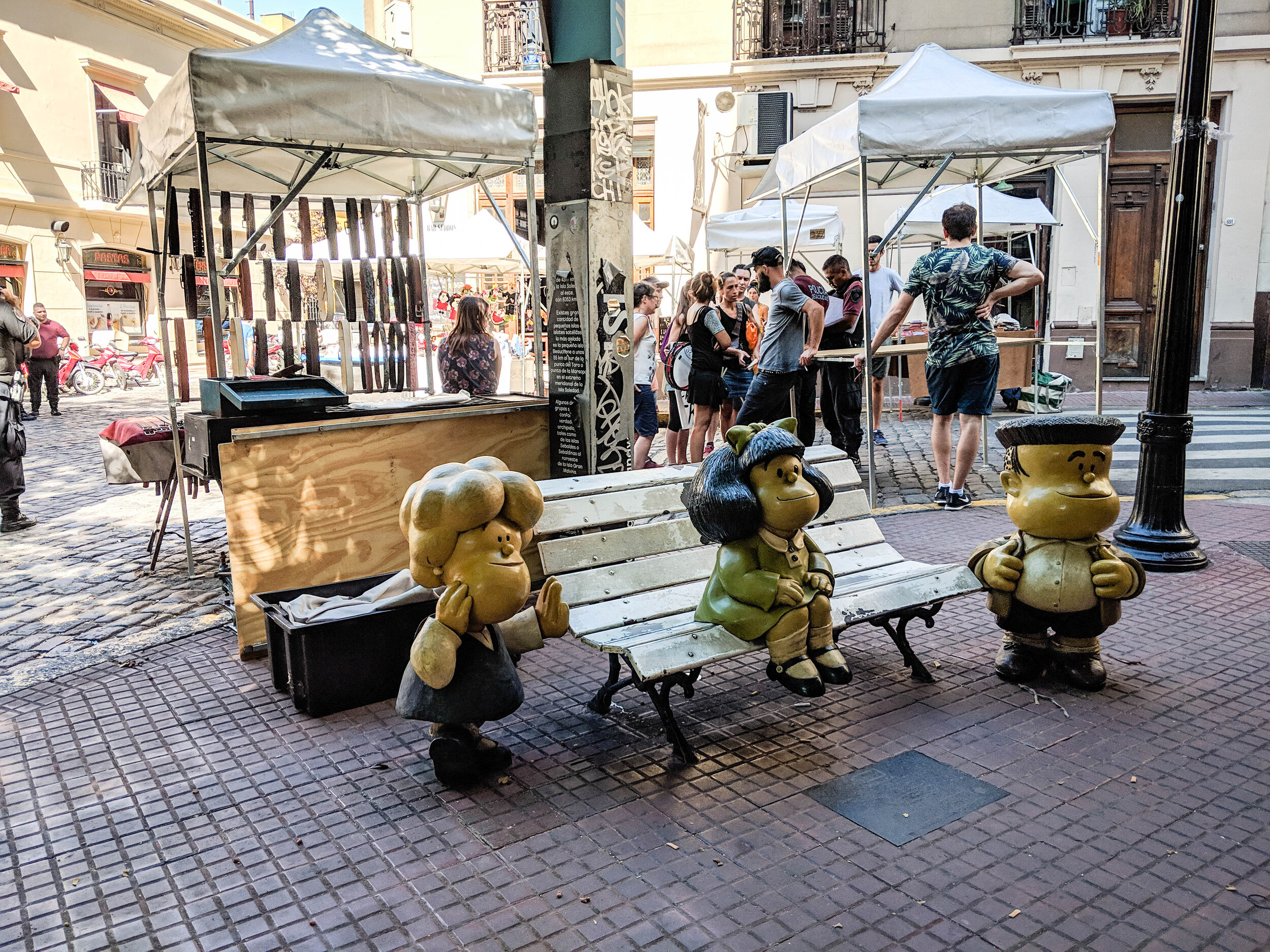
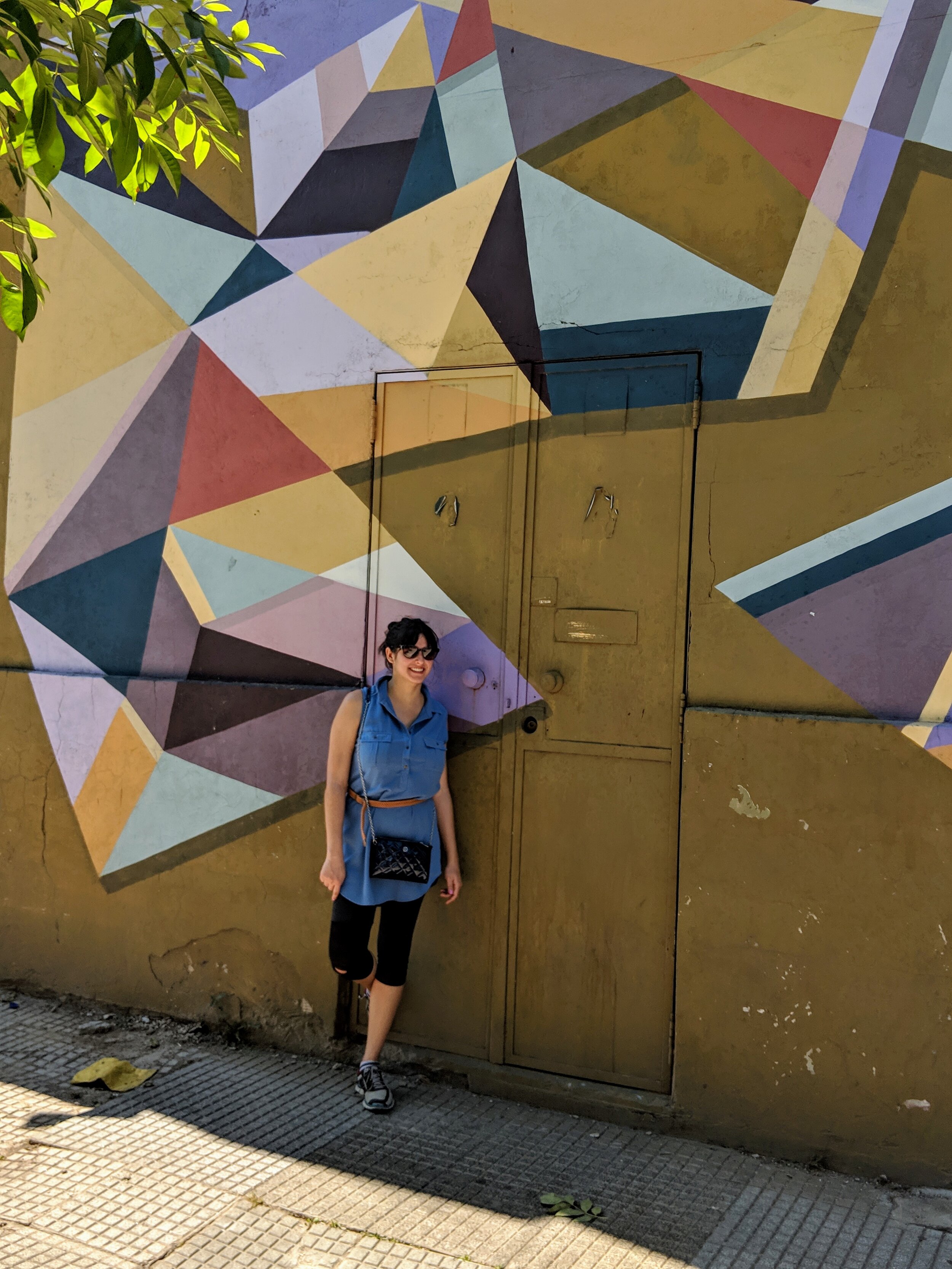
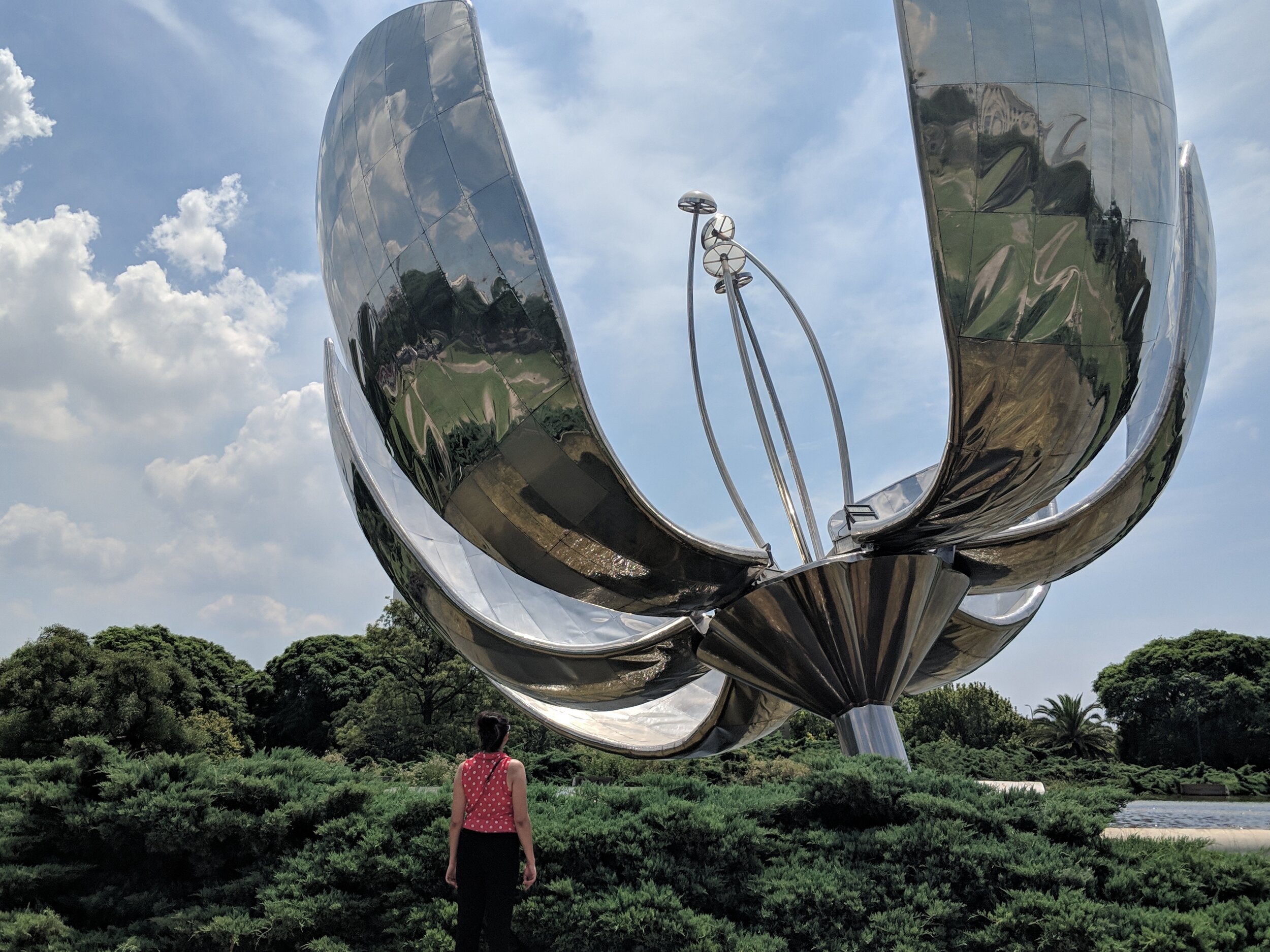
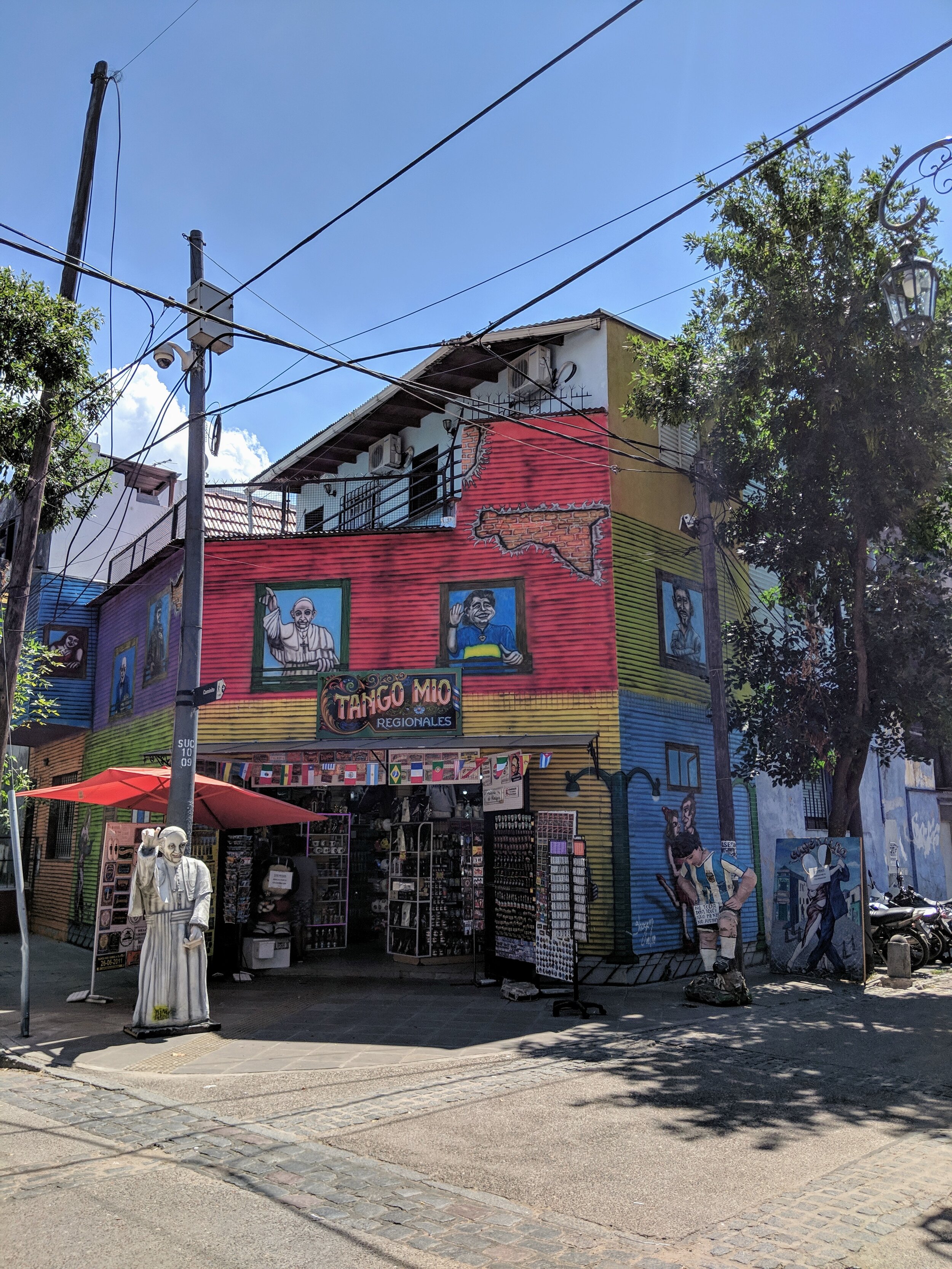
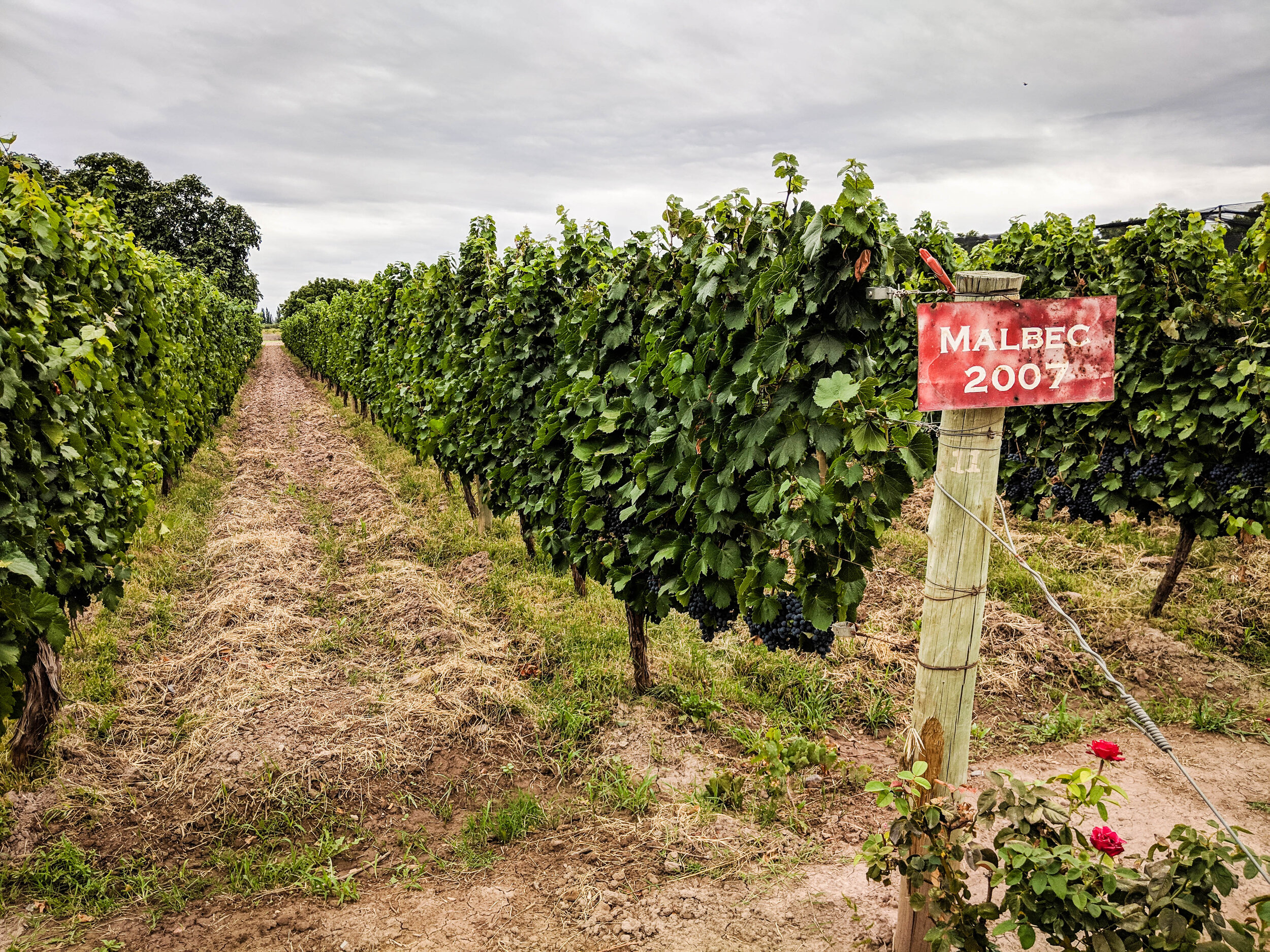
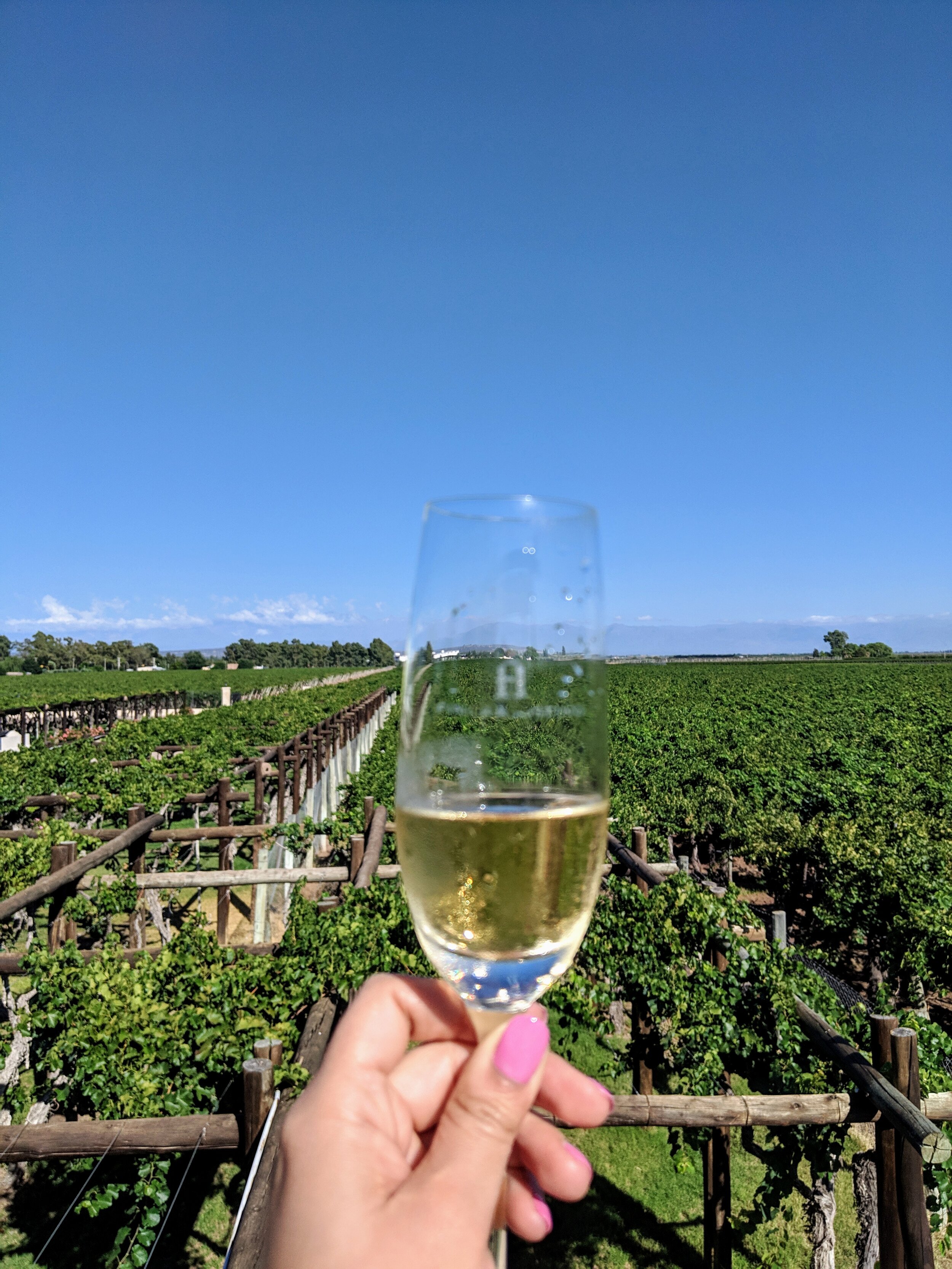
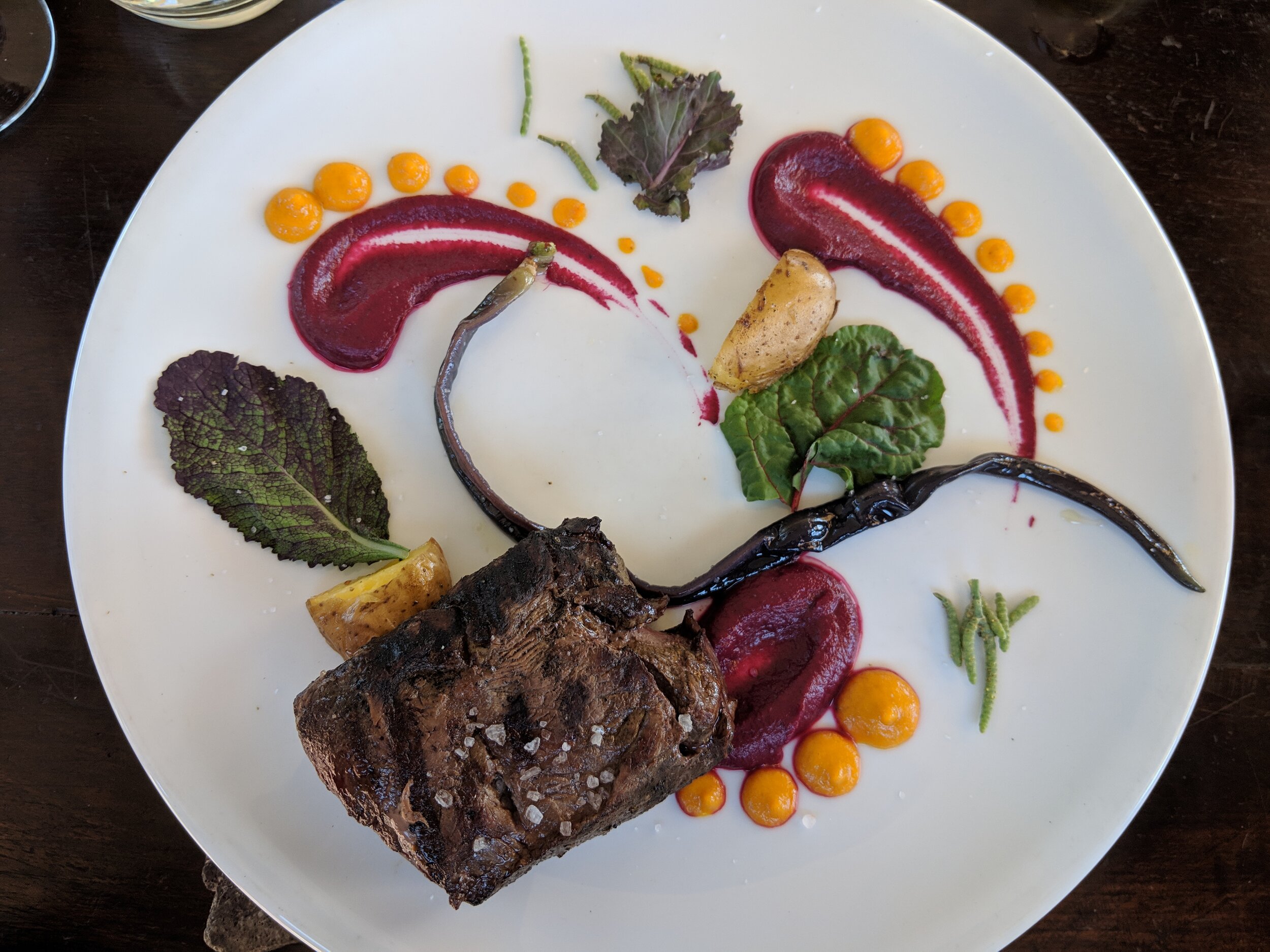
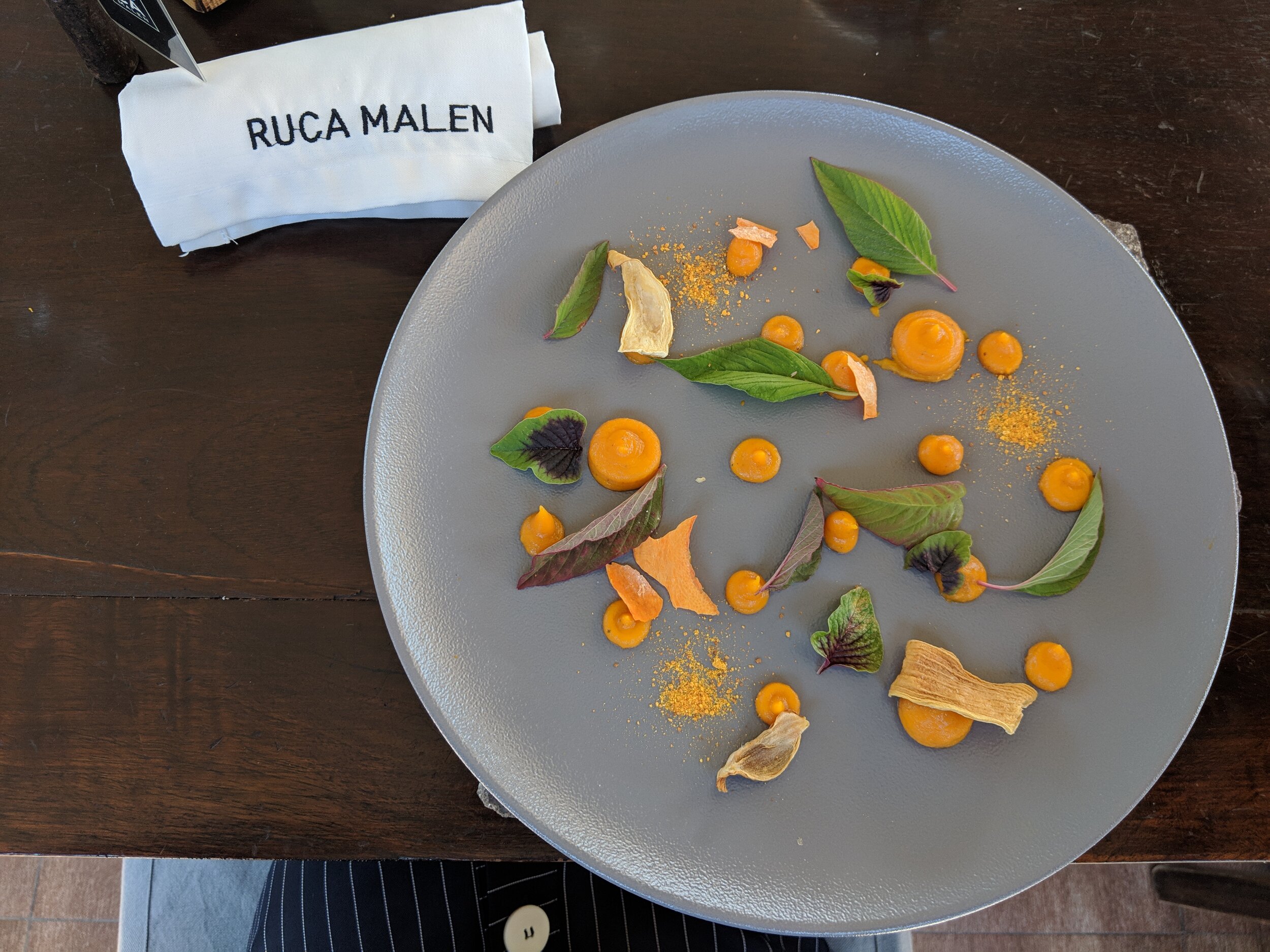

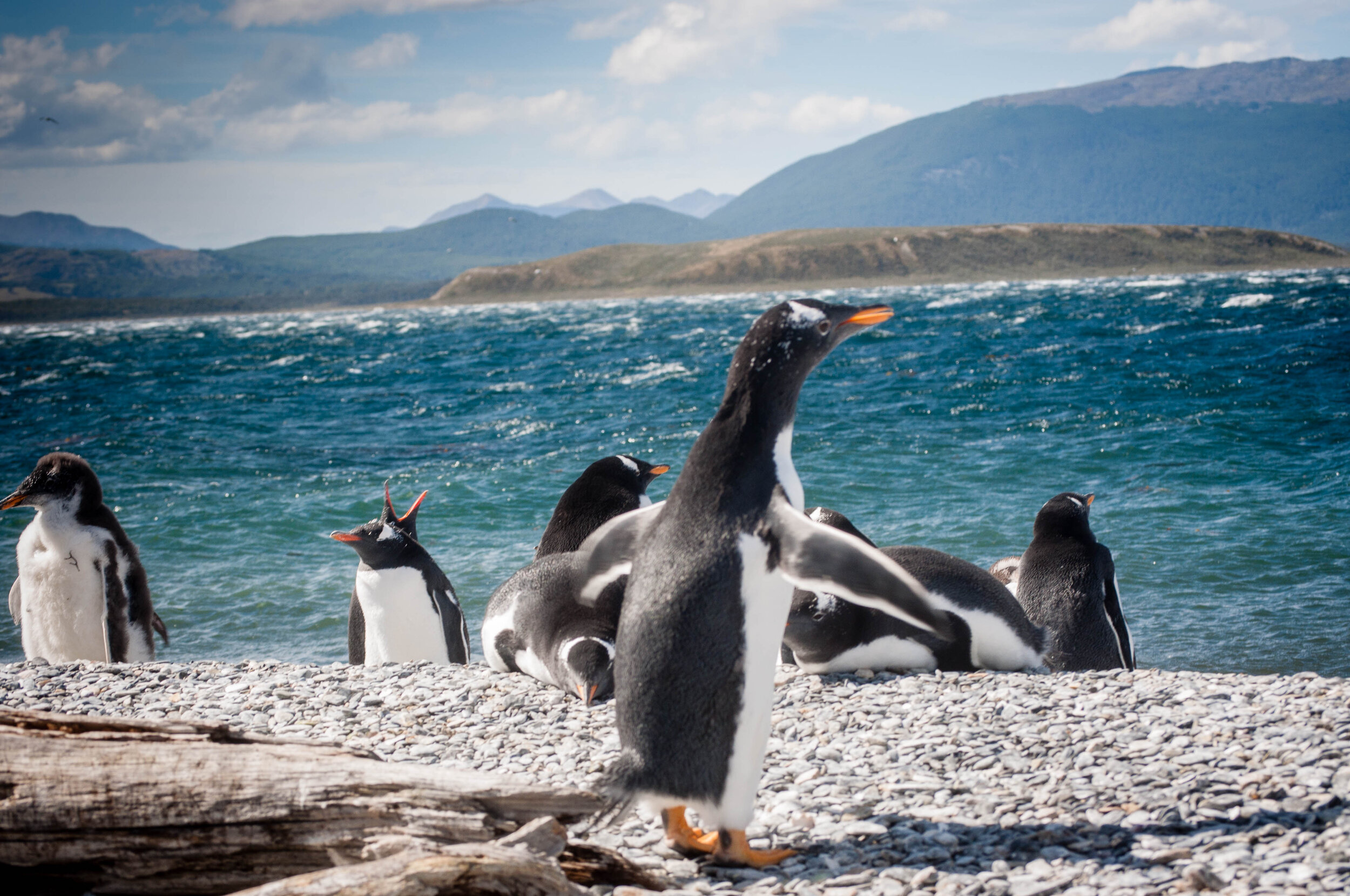
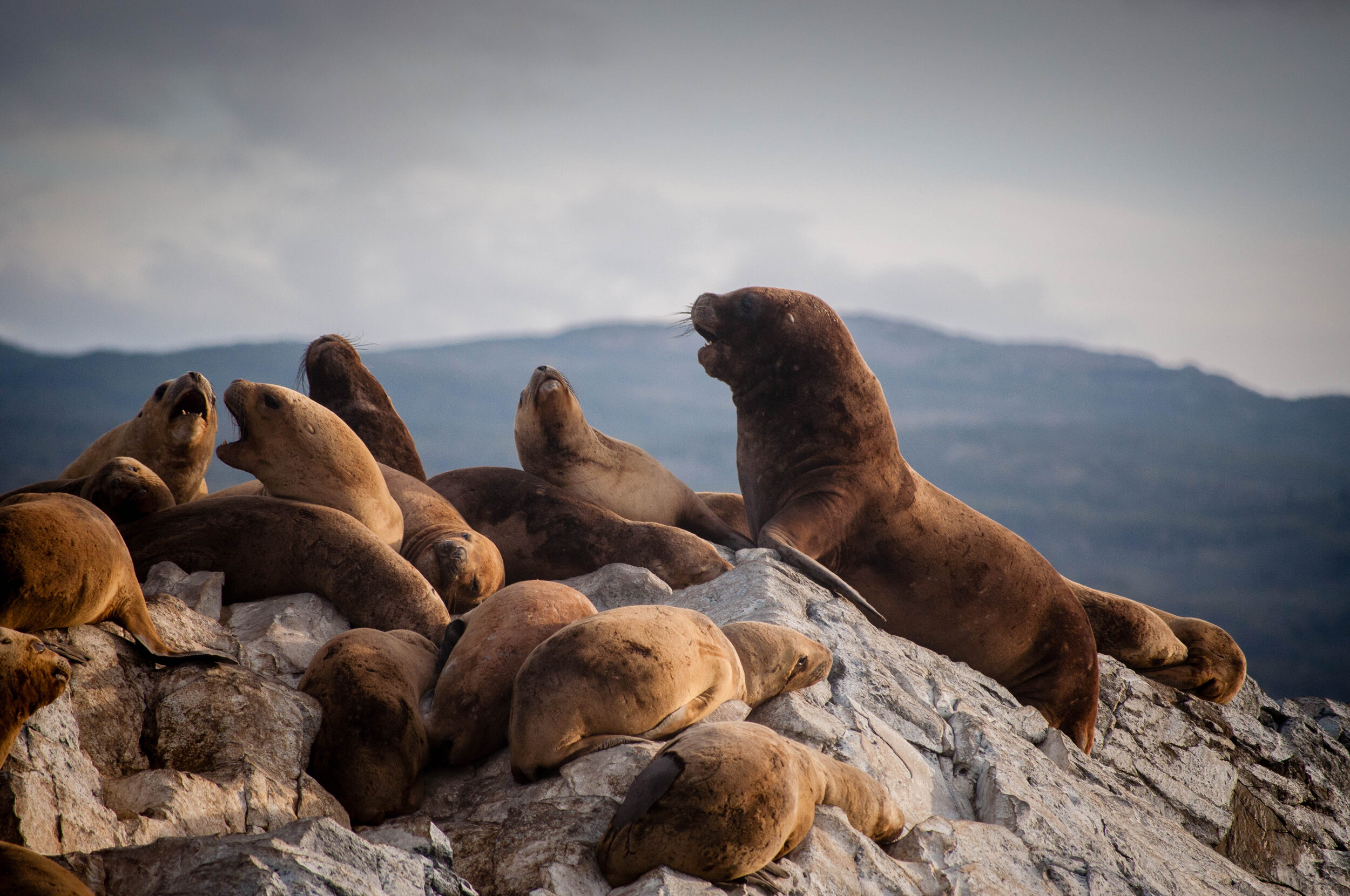



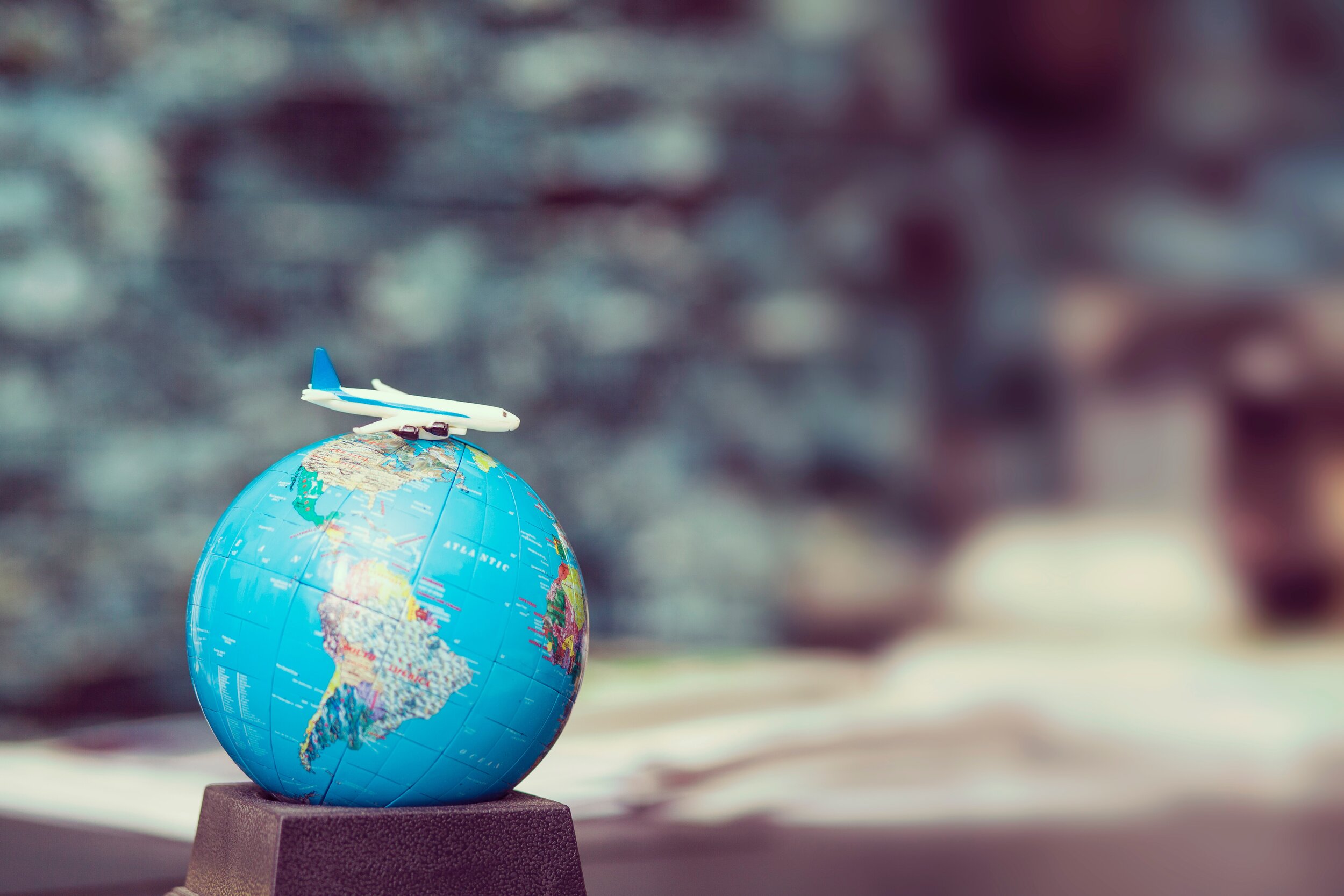






December is a magical month to travel, offering both festive holiday vibes and warm escapes. For winter lovers, snowy landscapes and Christmas markets bring cozy cheer. For those seeking sun, there are tropical beaches and vibrant cultures to explore. This guide highlights the best countries to visit in December, from snowy wonderlands to sunny retreats, each offering unforgettable experiences.